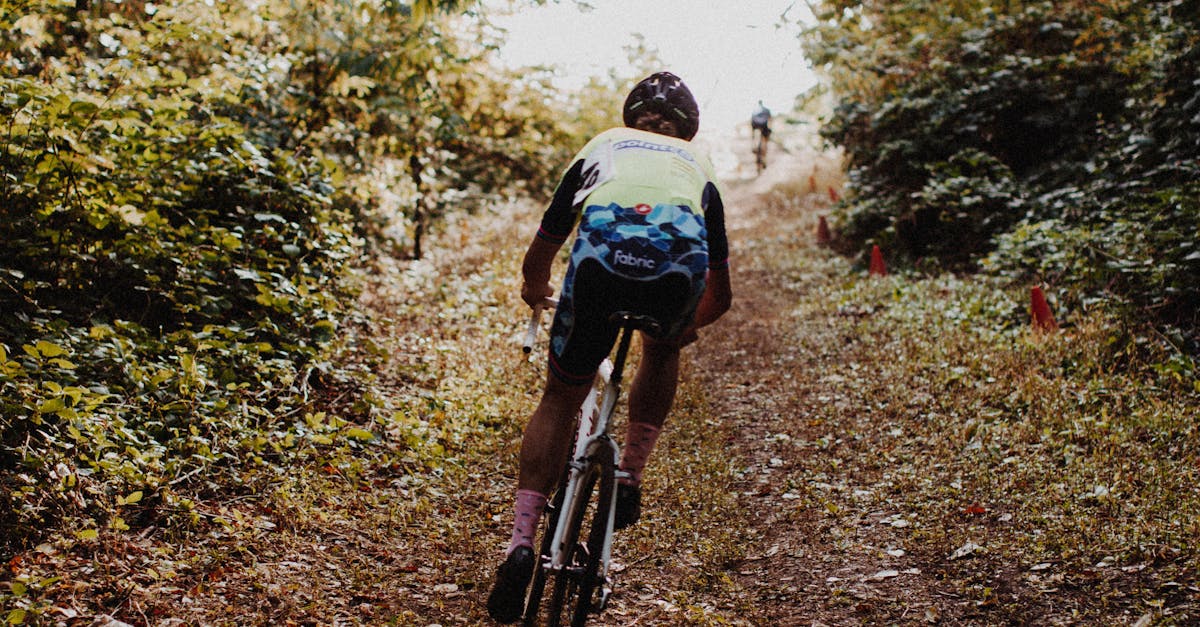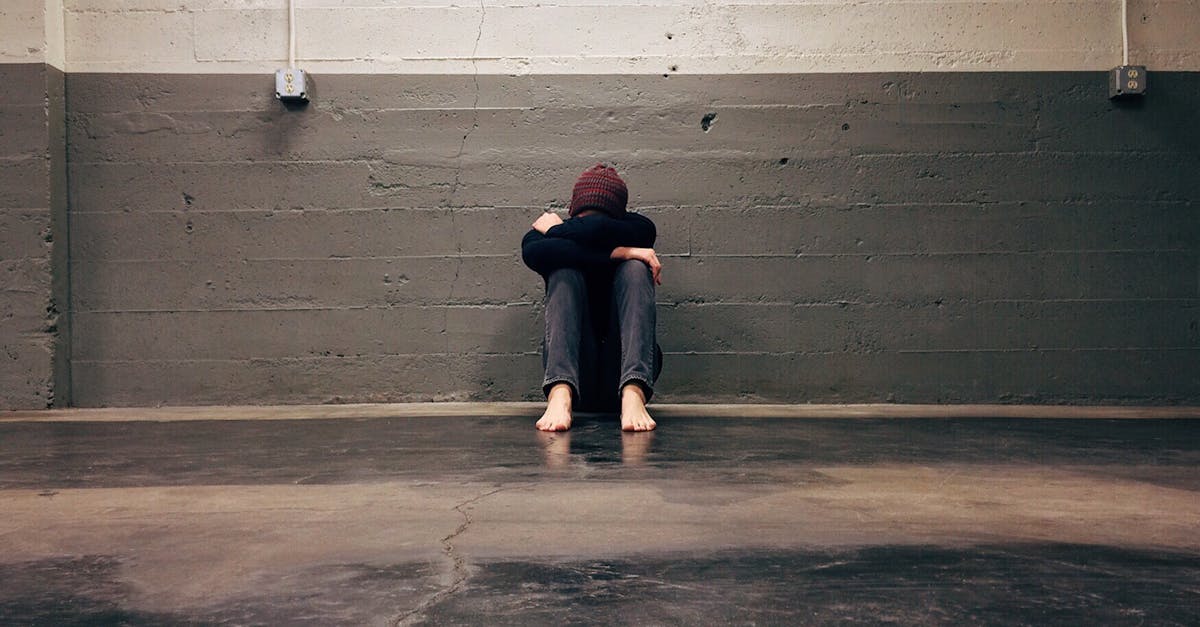Cycling Tight Hip Flexors: Understanding and Alleviating Discomfort for Cyclists
Addressing Tight Hip Flexors in Cyclists: A Comprehensive Guide to Enhanced Hip Flexibility and Comfort

Cycling is a popular activity and form of exercise enjoyed by individuals of all ages and fitness levels. However, prolonged cycling can sometimes lead to discomfort and pain in the hip flexor muscles, which are located at the front of the hip. This article delves into the causes and consequences of tight hip flexors in cyclists and provides practical self-care techniques to alleviate discomfort and improve flexibility. By understanding the anatomy and function of the hip flexors, cyclists can effectively address this common issue and continue enjoying their rides with greater ease and comfort.
This article aims to provide comprehensive insights into tight hip flexors in cyclists and empower individuals with effective self-care strategies to alleviate discomfort. We will explore the underlying causes of hip flexor tightness in cyclists and delve into the consequences and symptoms associated with this condition. The article will also present a range of self-care techniques, including targeted stretching exercises, foam rolling, and massage, to help cyclists improve hip flexor flexibility and reduce pain. Furthermore, we will discuss when it is appropriate to seek professional help and provide guidance on preventive measures cyclists can adopt to minimize the risk of developing tight hip flexors.
Tight hip flexors are a common ailment among cyclists, and understanding their causes and consequences is crucial for effective management. This article will provide a comprehensive overview of this condition, empowering cyclists with the knowledge and tools to address hip flexor tightness proactively and maintain optimal hip function.
1. Understanding Tight Hip Flexors in Cyclists
Understanding Tight Hip Flexors in Cyclists
The hip flexors are a group of muscles located at the front of the hip that play a vital role in hip flexion, the movement of bringing the knee towards the chest. These muscles are heavily engaged in cycling, particularly during the pedaling motion. Prolonged cycling can lead to tightness in the hip flexors due to the repetitive and sustained contraction of these muscles.
In addition to prolonged cycling, other factors can contribute to tight hip flexors in cyclists. This includes prolonged sitting in a flexed hip position, such as when riding in a low and aggressive cycling posture or sitting at a desk for extended periods. Tightness in the hip flexors can also be caused by muscle imbalances, ضعف العضلات, or previous injuries. Understanding the causes of tight hip flexors is essential for developing effective strategies to address and prevent this condition.
Tight hip flexors can manifest in various ways. Cyclists may experience pain or discomfort in the front of the hip, groin, or lower back. Tightness in these muscles can also lead to reduced flexibility and range of motion in the hip joint, making it difficult to perform everyday activities comfortably. Addressing tight hip flexors is crucial to maintain optimal hip function and prevent further discomfort or injury.
2. Consequences of Tight Hip Flexors

Consequences of Tight Hip Flexors
Tight hip flexors can lead to a range of consequences and symptoms that can impact cyclists’ comfort and performance. One of the most common consequences is pain in the lower back, knees, and hips. This pain can occur due to the altered biomechanics and muscle imbalances caused by tight hip flexors. When the hip flexors are tight, they can pull on the pelvis and lower back, causing pain and discomfort. Additionally, tight hip flexors can limit the range of motion in the hip joint, which can put strain on the knees and lead to pain in these areas.
Reduced flexibility and range of motion are other common consequences of tight hip flexors. Tightness in these muscles can make it difficult to perform everyday activities comfortably, such as walking, running, and climbing stairs. Cyclists may also experience decreased flexibility in their hip flexors, which can limit their ability to achieve a full range of motion during the pedaling motion. This can lead to reduced power output and efficiency on the bike.
In severe cases, tight hip flexors can contribute to muscle imbalances and ضعف العضلات in the hip and surrounding areas. This can increase the risk of injury and make it more difficult to maintain proper posture and alignment while cycling. Therefore, addressing tight hip flexors is crucial to prevent these negative consequences and maintain optimal hip function and cycling performance.
3. Self-Care Techniques for Alleviating Tightness
Self-Care Techniques for Alleviating Tightness
Cyclists can employ various self-care techniques to alleviate tightness in their hip flexors and improve their overall hip flexibility. Stretching exercises are a fundamental component of any self-care plan for tight hip flexors. Specific stretches that target the hip flexor muscles can help to lengthen and loosen these muscles, reducing tension and discomfort. Some effective hip flexor stretches include the kneeling hip flexor stretch, the standing quad stretch, and the seated figure-four stretch.
Foam rolling is another effective self-care technique for releasing tension in the hip flexors. Foam rolling involves using a foam roller to apply pressure to the muscles and connective tissues, promoting relaxation and reducing muscle tightness. To foam roll the hip flexors, place the foam roller under the front of your thigh, just above the knee. Slowly roll back and forth over the foam roller, applying gentle pressure to the hip flexors. Hold each position for 30-60 seconds and repeat several times.
Massage is a further beneficial self-care technique for alleviating hip flexor tightness. Massage can help to break up muscle knots and adhesions, improve circulation, and reduce muscle tension. Cyclists can perform self-massage on their hip flexors using their hands or a massage ball. Apply gentle to moderate pressure to the hip flexor muscles, using circular or kneading motions. Hold each position for 30-60 seconds and repeat several times.
Stretching Exercises
Stretching Exercises
Stretching exercises are a cornerstone of any self-care plan for tight hip flexors. Targeted stretching can help to lengthen and loosen these muscles, reducing tension and discomfort. Here are a few effective stretching exercises specifically designed to address hip flexor tightness:
-
Kneeling Hip Flexor Stretch: Kneel on the floor with your right knee directly below your hip and your left leg extended straight back. Keep your left heel on the ground and your toes pointed up. Gently lean forward and push your hips forward until you feel a stretch in the front of your right hip. Hold for 30-60 seconds and repeat on the other side.
-
Standing Quad Stretch: Stand with your feet hip-width apart. Bend your right knee and grab your right foot with your right hand, pulling your heel towards your buttocks. Keep your left leg straight and your pelvis tucked under. Hold for 30-60 seconds and repeat on the other side.
-
Seated Figure-Four Stretch: Sit on the floor with your legs extended straight out in front of you. Cross your right ankle over your left knee, forming a figure-four shape. Gently lean forward and push your chest towards your left knee. Hold for 30-60 seconds and repeat on the other side.
Foam Rolling
Foam Rolling
Foam rolling is a highly effective self-massage technique that can help to release tension and improve flexibility in the hip flexors. Here’s a step-by-step guide on how to foam roll your hip flexors:
-
Place the foam roller under the front of your thigh, just above your knee.
-
Slowly roll back and forth over the foam roller, applying gentle to moderate pressure to the hip flexors.
-
Hold each position for 30-60 seconds, or until you feel the tension begin to release.
-
Repeat the rolling motion several times, focusing on any areas of particular tightness.
Foam rolling can be an intense technique, so it’s important to start slowly and gradually increase the pressure as you become more comfortable. Be sure to listen to your body and stop if you experience any pain.
Massage
Massage
Massage is an effective technique for alleviating tightness in the hip flexors. Here are a few self-massage techniques you can try:
-
Use your hands to apply gentle to moderate pressure to the hip flexor muscles. Use circular or kneading motions, and hold each position for 30-60 seconds.
-
Use a massage ball to apply pressure to specific trigger points in the hip flexors. Roll the massage ball over the trigger point, applying pressure until you feel the tension release.
-
See a massage therapist for a professional massage. A massage therapist can use various techniques to release tension in the hip flexors and improve flexibility.
4. When to Seek Professional Help

When to Seek Professional Help
While most cases of tight hip flexors can be managed with self-care techniques, there are certain situations when it’s advisable to seek professional help. Here are some signs that you may need to see a doctor or physical therapist:
-
Persistent pain or discomfort in the hip flexors that doesn’t improve with self-care.
-
Numbness or tingling in the legs or feet.
-
Difficulty walking or performing other everyday activities.
-
A sudden onset of hip pain after an injury.
If you experience any of these symptoms, it’s important to see a doctor or physical therapist to rule out any underlying medical conditions and to get appropriate treatment.
5. Preventive Measures for Cyclists
Preventive Measures for Cyclists
Cyclists can take several proactive measures to prevent the development of tight hip flexors. Here are some key preventive strategies:
-
Proper Bike Fit: A properly fitted bike can help to reduce stress on the hip flexors and other muscles. Make sure your saddle height and handlebar position are adjusted so that you can maintain a comfortable and efficient pedaling motion.
-
Flexibility Exercises: Regular flexibility exercises can help to keep the hip flexors and other muscles around the hip joint loose and flexible. Incorporate stretching exercises into your warm-up and cool-down routines, and consider doing a dedicated flexibility session once or twice a week.
-
Regular Stretching: Make stretching a regular part of your routine, even on non-cycling days. Focus on stretching the hip flexors, quadriceps, and hamstrings to help maintain flexibility and range of motion in the hip joint.
Quiz
1. True or False: Tight hip flexors can lead to pain in the lower back.
**2. Which of the following is NOT a self-care technique for alleviating tight hip flexors?
a) Stretching exercises b) Foam rolling c) Acupuncture**3. When should you consider seeking professional help for tight hip flexors?
a) When self-care techniques don't improve symptoms b) When you experience numbness or tingling in the legs or feet c) Both a and bAnswer Key:
- True
- c) Acupuncture
- c) Both a and b
